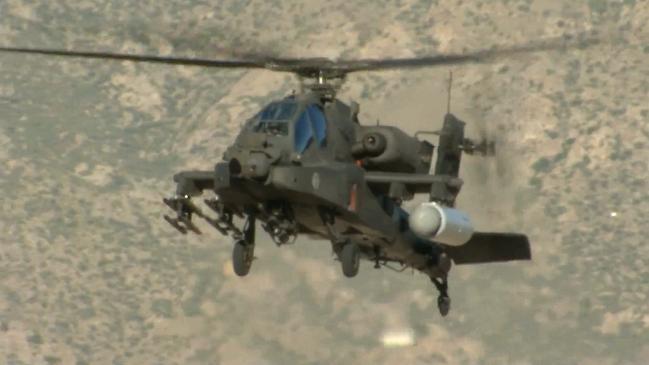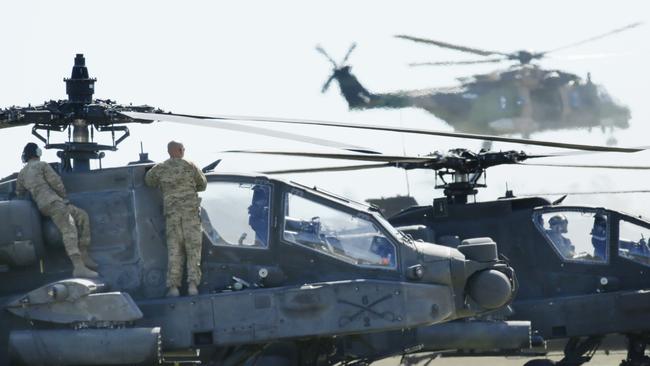The US Army is working on a deadly new attack helicopter as part of an ongoing program
THE US Army looks set to replace the Apache with a new attack helicopter packed with some deadly and futuristic new features.

SUPERIOR weapons, speed, manoeuvrability and close-combat attack capability are the focus for the United States Army as it looks to replace the Apache with a new attack helicopter.
Army Vice Chief of Staff, General James McConville, said a future attack-reconnaissance helicopter was a key focus of next-generation aircrafts set to begin emerge in the 2030s.
The Army Future Vertical Lift (FVL) program ultimately seeks to replace the Apache, Black Hawk and Chinook with next-generation attack, utility and heavy-class air assets.
The concept driving the new attack-recon helicopter is built on the belief that even the most advanced pre-existing Apache could have limitations as new threats emerge in coming years.
“We know that in the future we are going to need to have a lethal capability, which drives us to a future attack reconnaissance platform. The Apache is the world’s greatest but there will come a time when we look at leap ahead technology,“ he said, reports Warrior Maven.
The deadly new aircraft will be engineered to allow the helicopter to perform targeting operations during high-speed manoeuvres, track multiple targets simultaneously and will integrate weapons unaffected by environmental effects such as wind and temperature.

Keeping with the overall FVL program, the new helicopter is expected to offer much greater range, speed and fuel efficiency.
Such a move would remove the combat risk associated with having mini-bases designed to refuel and rearm helicopters placed within hostile or enemy territories.
Leader of the FVL Cross-Functional Team, Brigidier General Walter Rugen, said the Army was also working to develop a next-generation drone demonstrator aircraft, which can enter hostile combat zones to allow attack helicopters to remain at a safer distance from danger.
“We need to be dominating the aerial corridor. We will put our UAS (Unmanned Aerial Systems) in that dangerous breach,” he said.
Given Apaches can view real-time video feeds from nearby drones from the cockpit of the aircraft, the next-gen helicopters could allow crew to operate a forward-positioned armed attack drone or could even allow functions without needing human intervention.
Brig-Gen Rugen said prototyping and experimentation was the key to success for the FVL.
“We gain insight from prototypes that help us derive requirements,” he said.
Continue the conversation in the comments below or with Matthew Dunn on Facebook and Twitter.




